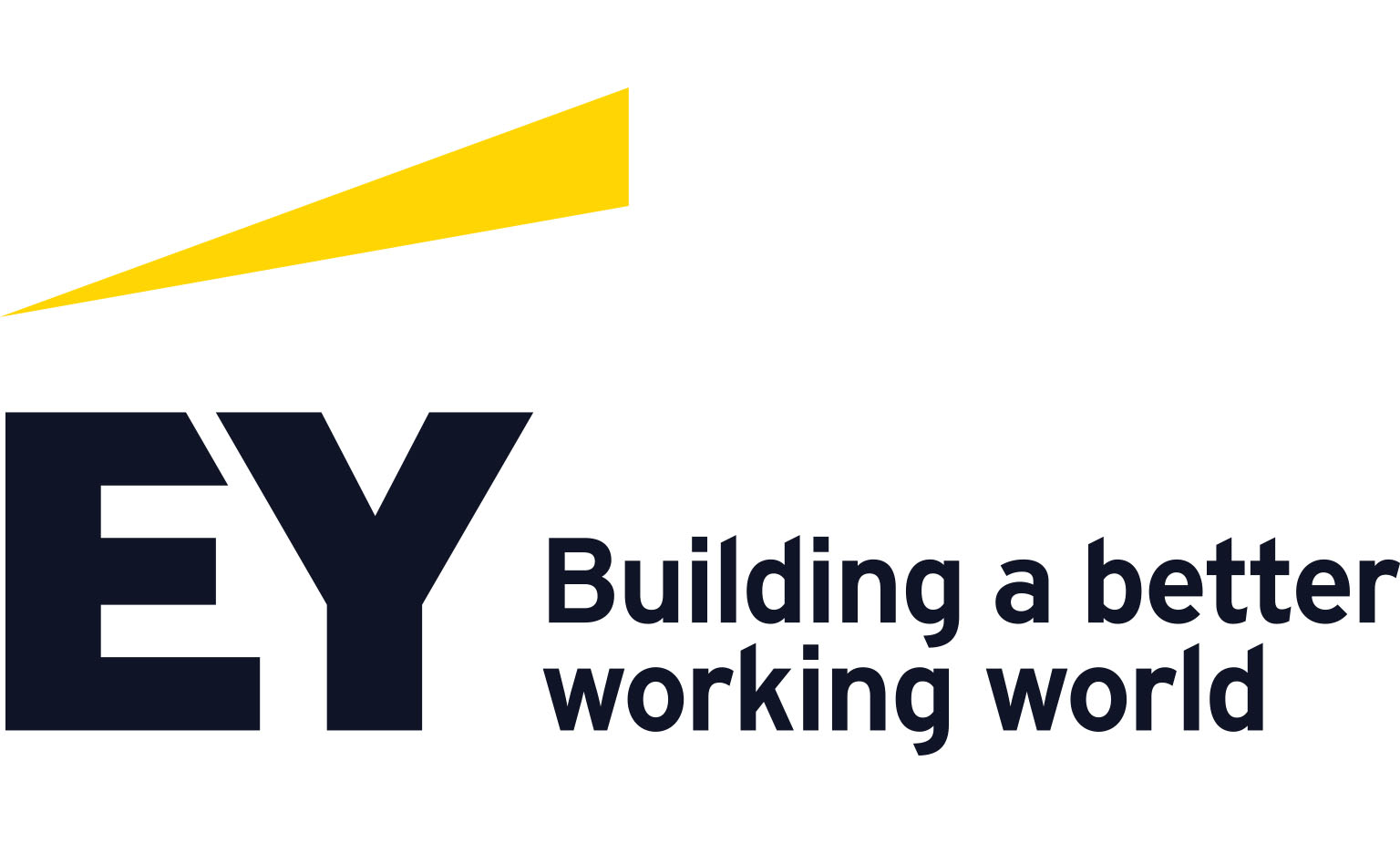There is a new seat at the table

Across policing, justice and defence organisations, there is a growing trend in the establishment of transformation roles across senior leadership teams such as a head of transformation role, write Judith Crawford, EY Ireland Government and Public Sector Lead and Hannah de Burgh Whyte, Director, People Consulting, EY.

Previously under the remit of a chief strategy officer or chief technology officer, the standalone chief transformation officer is a sign of the need for a dedicated voice to ensure action and implementation of strategic change.
The vision for transformation needs to come from the top and there should be clear communication on why transformative change is needed, not just what needs to be done. These transformation roles, if used correctly, will be pivotal in bringing the change vision to life at all levels of the organisation and providing visible sponsorship.
Being transformative requires planning for now and the future. Organisations must consider foundational transformation rather than quick fixes and ad hoc investments to give them the ability to adapt. A refocus from the historical value drivers of scale, scope and efficiency to a new core of value creation – putting humans at the centre, deploying technology at speed and driving innovation at scale – keeps organisations nimble and multidisciplined in a rapidly changing world.
What drives transformation success?
There is no one straight path to the success of an organisation’s transformation. It is a systematic change that comes with its share of twists and turns. The key is to create a culture of experimentation, accept the non-linearity of it, and use technology to realise the transformation vision.
While every change journey is different, below are six “get rights” for transformation leaders based on EY’s experience of delivering major transformational and cultural change in policing, justice and defence over the past 10 years.
1. True leadership alignment
Secure senior leadership team alignment and buy in from the start – do not assume others support the change. Identify the appropriate senior sponsor for each individual transformation programme who will advocate the change and build awareness and understanding of the ‘why’.
2. Connect with management and staff
Middle managers set the tone on the ground but they are often the hardest to engage. Get buy in early to encourage them to lead from the front. Engage with key groups to shape, deliver and sustain the change. Understand the change from their perspective – ask, involve and observe. A clear engagement strategy will support reaching the target audience.
3. Analyse and personalise
Create a human centric approach to change – use data and insight to shape, tailor and drive the change journey. Avoid the ‘one size fits all’ pitfall, instead, identify hotspots to target interventions.
4. Think big, start small
Be ambitious and bold in your plans but always pilot and fine-tune to ensure you get it right. Agility is key. Execute quick wins to build confidence; people are more willing to invest their time in the ‘tried and tested’. Reinforce lessons and insights from pilots as well as from similar organisations to build confidence.
5. Create a compelling narrative
Make sure everyone understands the why, the benefits, and the ‘what is in it for me’. Translate the organisational benefits into what that means for people on the ground. Create a compelling narrative and explain it to the audience. Keep communications consistent and easy to understand and complement them with an easily identifiable brand and identity.
6. Make it stick
Upskill the organisation to enable sustaining the change post go-live. Avoid the ‘one and done’ mentality by creating real capability in the organisation to adopt the change. Measure success by tracking adoption of the behaviours needed to realise the programme’s intended value and be sure to reward and recognise positive behaviours.
Transformation leaders should consider what is needed from an operating model perspective, to ensure the critical elements are in place to help them drive and achieve change. For example:
- Do I have the right structures and resources in place to deliver on the transformation agenda?
- Does the organisation have the maturity in programme management, change management and project management office skills to prioritise, plan, track and deliver key programmes?
- Is the governance model in place with the right people at the table to make decisions at pace and manage risk across the portfolio of transformation programmes?
- How will data be leveraged to ensure programmes are delivering value and intended benefits?
At a time when transformation is at the forefront of organisation agendas, leadership teams need to embrace the transformation leader, empowering them to drive change and get things done for the good of the organisation, its staff, and customers. Leading the change by giving focus to the six “get rights” and ensuring the right operating model is in place can help transformation leaders to achieve successful and sustainable transformation, while putting humans at the centre of transformation efforts.

To find out how EY can help you:
W: www.ey.com/ie/consulting





